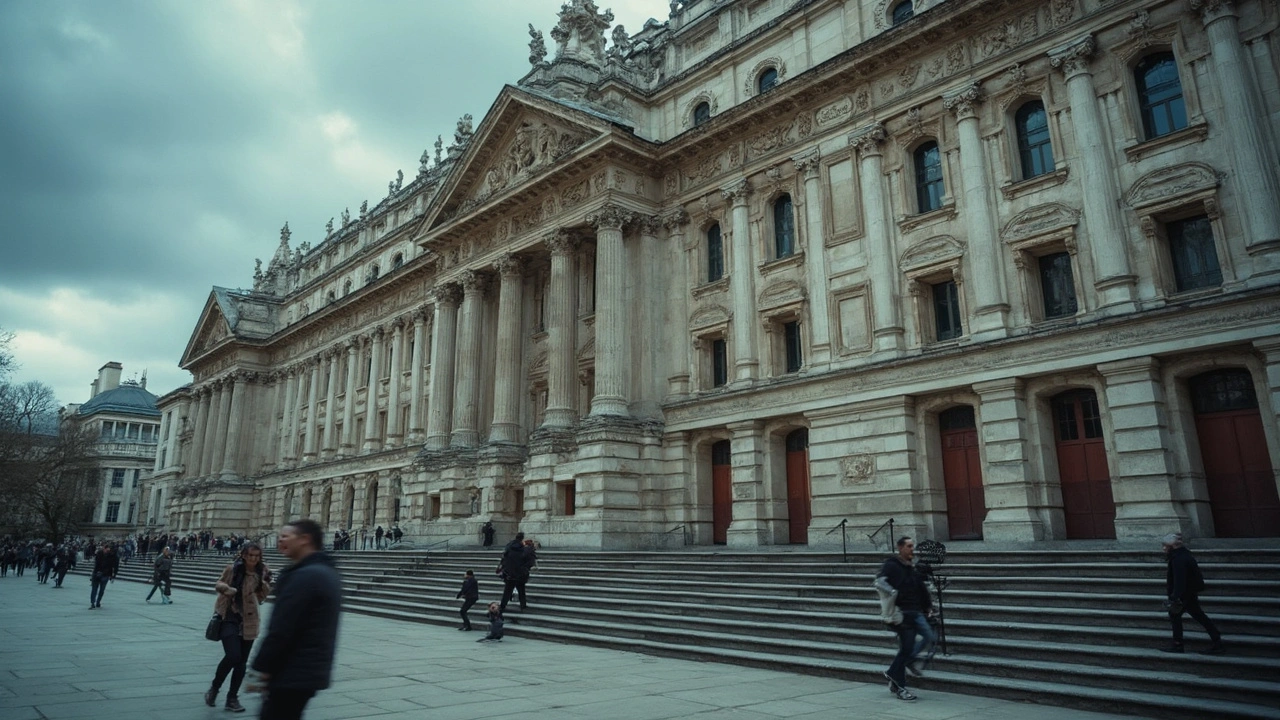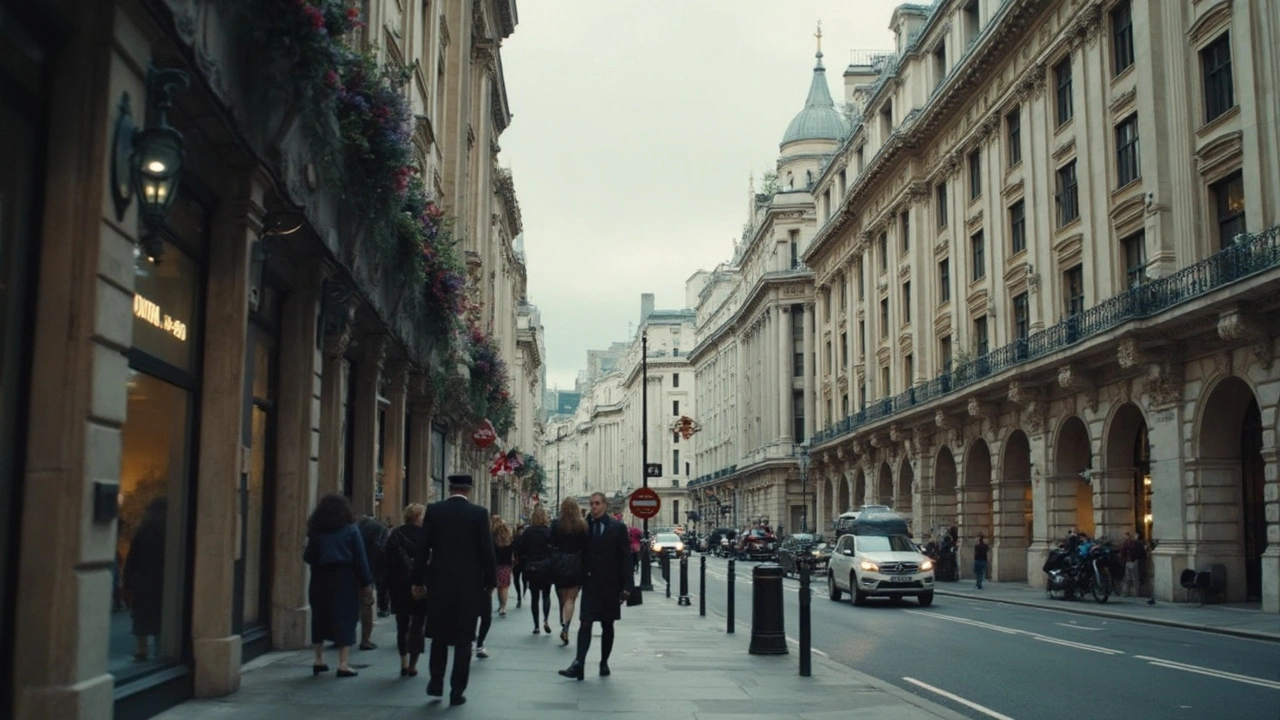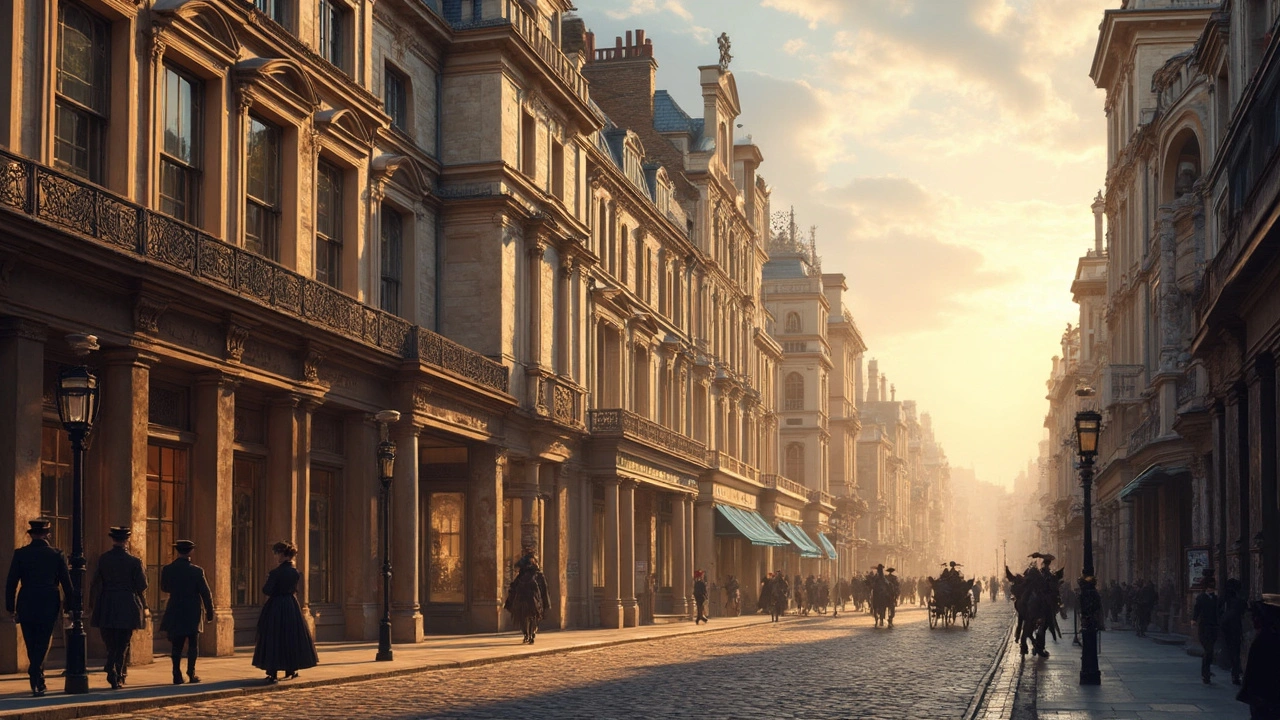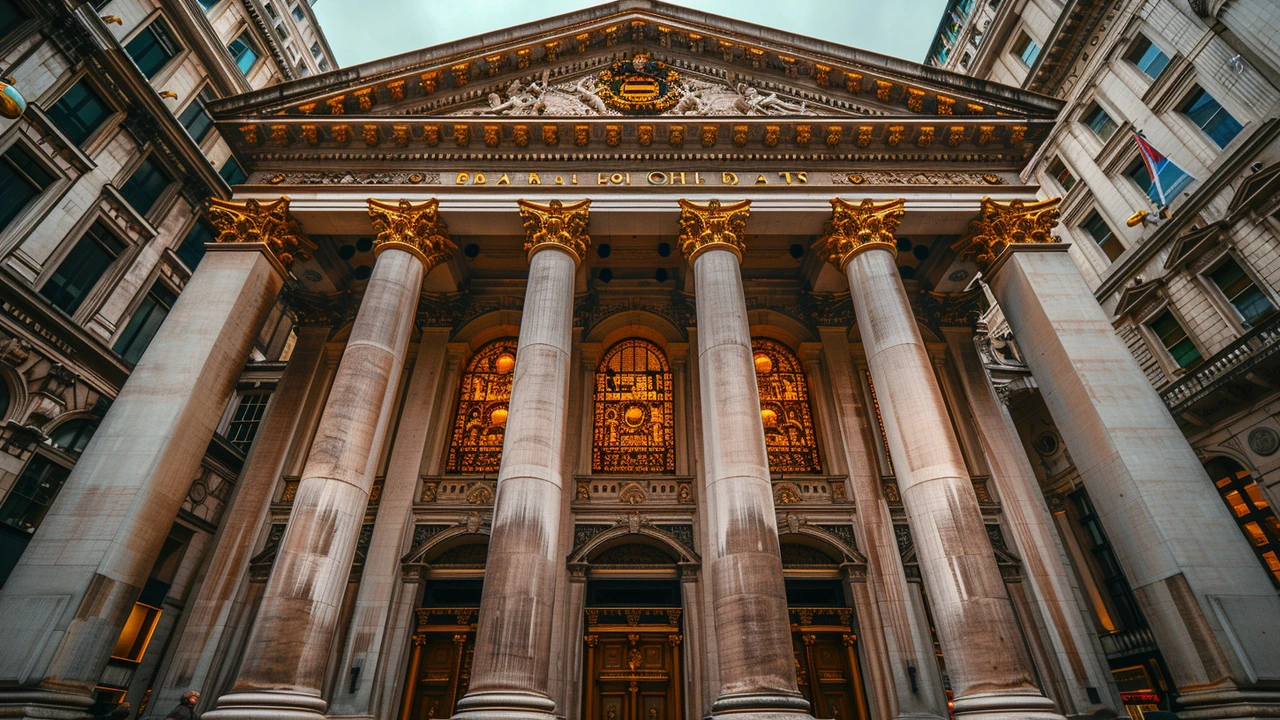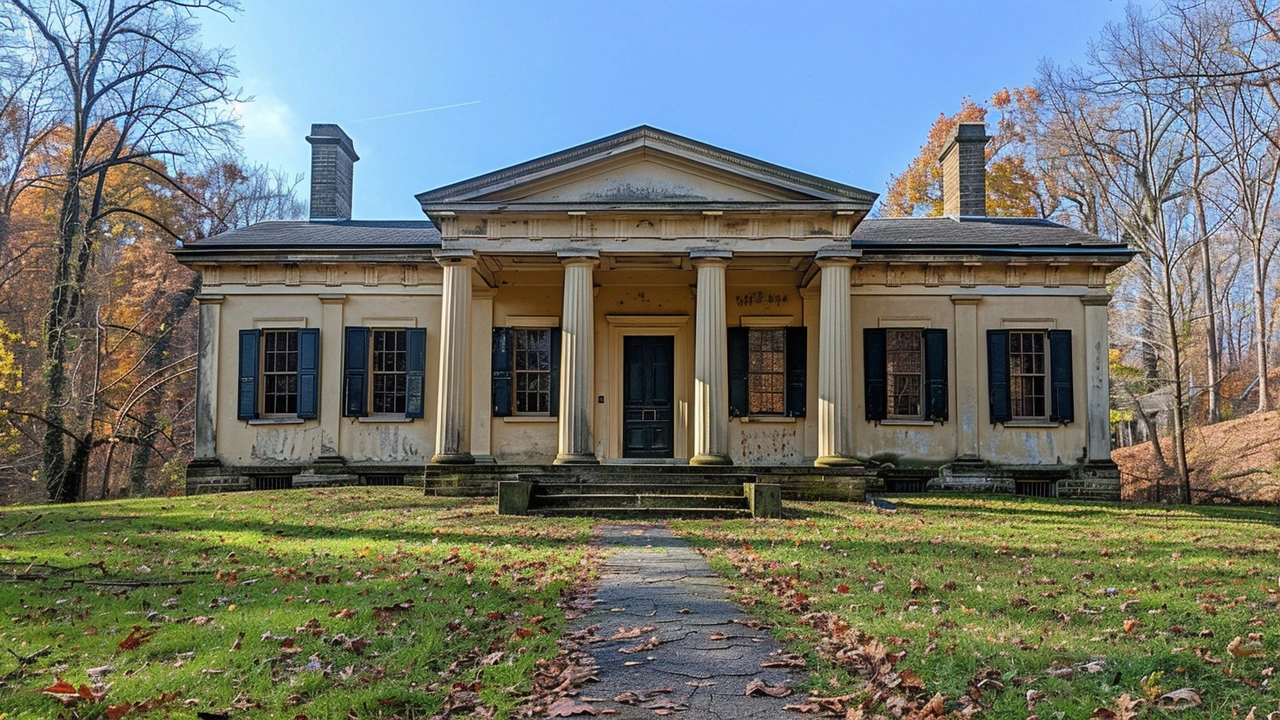Gothic Revival architecture shaped national identity in the 19th century through churches, universities, and government buildings. Its enduring presence in cities worldwide reflects a deeper cultural belief in craftsmanship, permanence, and meaning in design.
Historic Buildings: How to Read Styles, Protect Them, and Enjoy Visits
Ever paused in front of an old facade and felt it tell a story? Historic buildings do exactly that. They show politics, craft, and daily life in stone and wood. Knowing a few style markers makes visits richer and helps you spot when a place needs care.
Quick Style Checklist
Roman and Ancient styles use arches, vaults, and heavy masonry. Greek Revival shows columns and pediments inspired by temples. Georgian favors symmetry, brickwork, and sash windows. Beaux‑Arts and Baroque go for ornament, grand staircases, and bold facades. Colonial styles adapt local materials and show a mix of foreign and native details. Modern movements like Bauhaus, Constructivism, and High‑Tech emphasize function, geometry, and new materials.
Simple Preservation Tips
Want to help? Start with small acts: follow posted rules, avoid touching fragile surfaces, and stay on paths. Support local preservation groups by donating time, money, or skills like photography or basic repairs. When you see damage, report it to staff or local authorities rather than trying to fix it yourself. Respect climate control inside museums and historic houses — rapid temperature or humidity change harms old materials.
Spot authenticity by checking materials, joinery, and wear patterns. Original wood and hand‑cut nails look different from machine work. Look for maker marks, dates, or plaques. Those tiny clues tell you who built what and when.
Plan visits off peak hours to avoid crowds and to see details up close. Guided tours often point out hidden features you would miss alone. Use local archives and online databases for deeper history. City records, old maps, and photo collections reveal past layouts and lost details.
Historic buildings reward attention. Walk slowly, ask questions, and take photos for study rather than just likes. Want a quick list of examples nearby? Check the tag page on Architectural Artistry Chambers for linked guides to colonial, Renaissance, Beaux‑Arts, Greek Revival, and more.
Restoration keeps original features as much as possible. Renovation changes layout or function while keeping historic character when possible. Local rules often limit what owners can change. Check preservation ordinances before you plan work; permits save headaches and protect value.
Common trouble spots include roofs, foundations, windows, and plaster. Fix leaks fast; water wrecks old fabric. Use matching materials when repairing visible parts. Modern substitutes work for hidden systems if they don’t alter the look.
Adaptive reuse keeps a building’s shell while changing use. Old mills into apartments or train stations into markets are great examples. Reuse can lower waste and give buildings new life, but it needs careful planning for structures and services.
Smartphone apps and QR tours now link to original plans and photos. Use them to learn while you walk. Drone or 3D scanning helps pros survey roofs and facades without unsafe scaffolding.
Follow Architectural Artistry Chambers for hands‑on guides, photo tours, and maintenance checklists. Share a favorite building with us and we’ll help identify its style. Start with one street and keep looking. Happy exploring.
Unlock the secret rules of Beaux-Arts architecture. See how it shapes our cities, why it's so dramatic, and what makes this grand style still matter today.
Explore the enduring appeal and fascinating stories behind Beaux-Arts architecture, its origins, significance, design tips, and global impact.
Explore why Beaux-Arts architecture refuses to fade away, from its bold style to its surprising modern influences. This article breaks down what makes Beaux-Arts stand out, offers tips to spot it in your city, and reveals how its design ideas are still shaping buildings today. Whether you're a curious city-walker, a design lover, or just want to spruce up your own space, you'll find practical info and cool facts here. Get ready to see your surroundings in a whole new light. No fluff, just what you need to know.
Italianate architecture, inspired by the romantic villas of Renaissance Italy, found its way into homes and public buildings in the 19th century. This style boasts distinctive features such as low-pitched roofs, tall windows, and decorative cornices. It embraces both elegance and functionality, making it a popular choice in urban settings across the world. Today, homeowners seek Italianate design for its timeless elegance, blending historic charm with modern living. Learn how to recognize and incorporate this style into your own home.
Baroque architecture, known for its ornate detail and dramatic beauty, continues to influence our modern world. The intricate designs and grandeur of Baroque buildings offer more than just aesthetic appeal; they embody cultural and historical significance that remains relevant. This article delves into why Baroque architecture still matters today, examining its unique features, historical importance, and lasting impact on contemporary design.
Discover the timeless beauty and distinctive characteristics of Greek Revival architecture in this detailed exploration. Learn about the historical context that led to its popularity, the signature design elements that define this style, and where to find some of the most impressive examples today. This article will guide you through the understanding of Greek Revival architecture and how it continues to influence modern structures.


